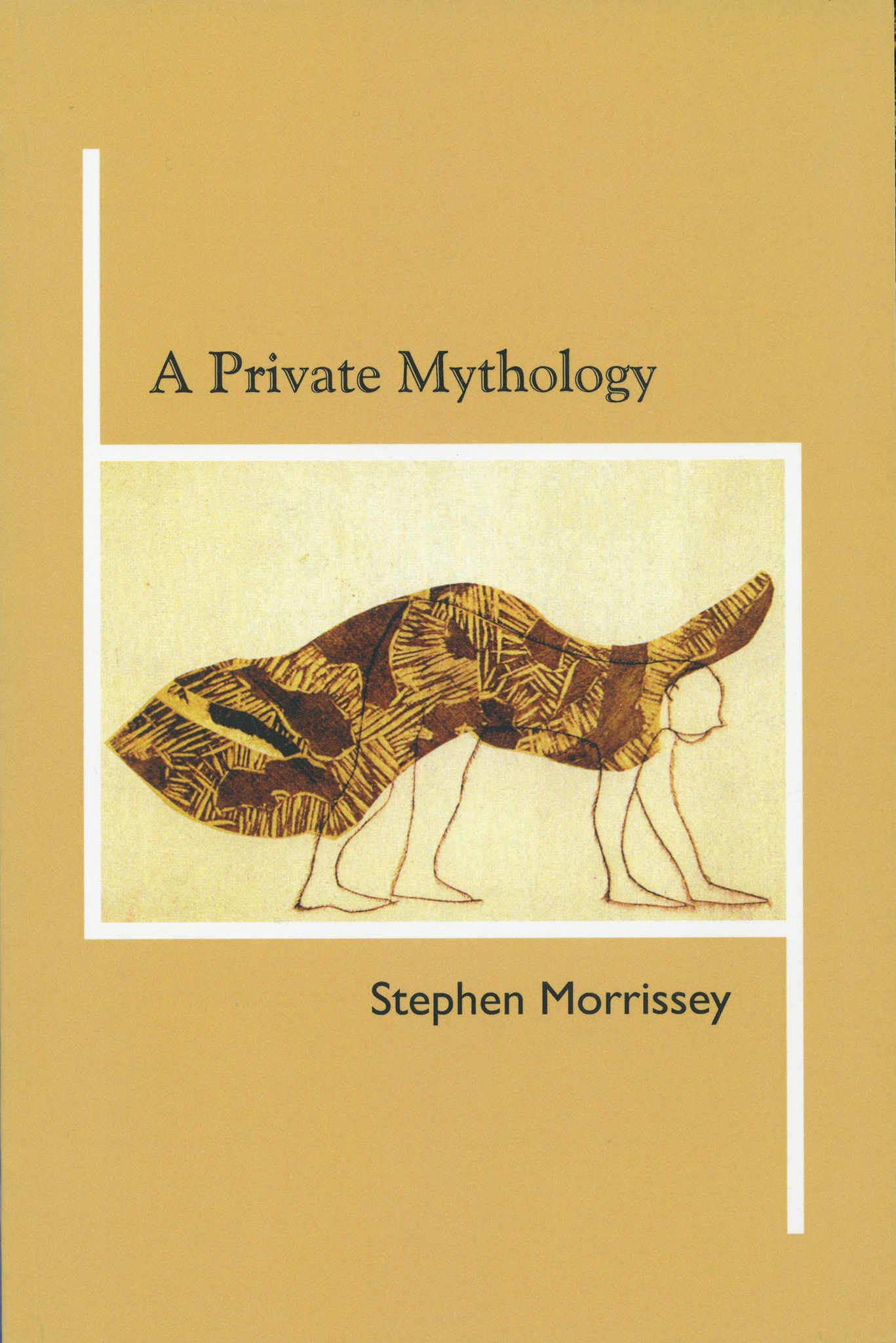Articles & Reviews
Review of The Trees of Unknowing, West Coast Poetry Review, January 1980
Stephen Morrissey's The Trees of Unknowing announces a new poetic talent also definitely worth hearing. In a Preface of sorts called 'The Insecurity of Art,' he suggests that valid creation only takes place when he escapes the security of the presuppositions and safety of the old and that 'the very joy and freedom of art and life is the hidden presence of insecurity.' If it's a wee bit pretentious it's also brave, presenting a personal artistic program difficult to follow.
A measure of the value of The Trees of Unknowing is that he succeeds by his own criterion about half the time. Yes, a good number of these poems seem familiar, though even they reveal a lyric sensibility of some subtlety, but the best of them move over their newly claimed territory like a fly in the hands of a good fisherman, and what they catch is often fascinating.
There is a series of concrete 'haiku' which definitely take the eye. And Morrissey's idiosyncratic indebtedness to Japanese and Chinese poetry doesn't stop there. He has learned from them the value of catching perceptions on the move, in the midst of the lived life. Much of his imagery is strong, yet the images connect to one another in unusual ways. Most of the poems defy excerption; they need to be read whole. Here's a small poem which gives a sense of his method, however:
because reality is too much
to handle
we have thought up
ingenuous ways of avoiding it
new languages
the colour of
coca cola the taste of
ground glass even the
letters of the alphabet
have been redesigned
for an A we now
draw a Mayan pyramid
with at least a thousand
blood sacrifices dont
draw a heart you don't
know what you're getting into
There is much to interest and engage the curious reader in The Trees of Unknowing, especially Morrissey's willingness to follow his words in any direction they take him. Pat Walsh's landscape photographs add another dimension to the book as a whole-an entertaining introduction to a poet we shall be hearing more from.
Copyright © 2003 The author

